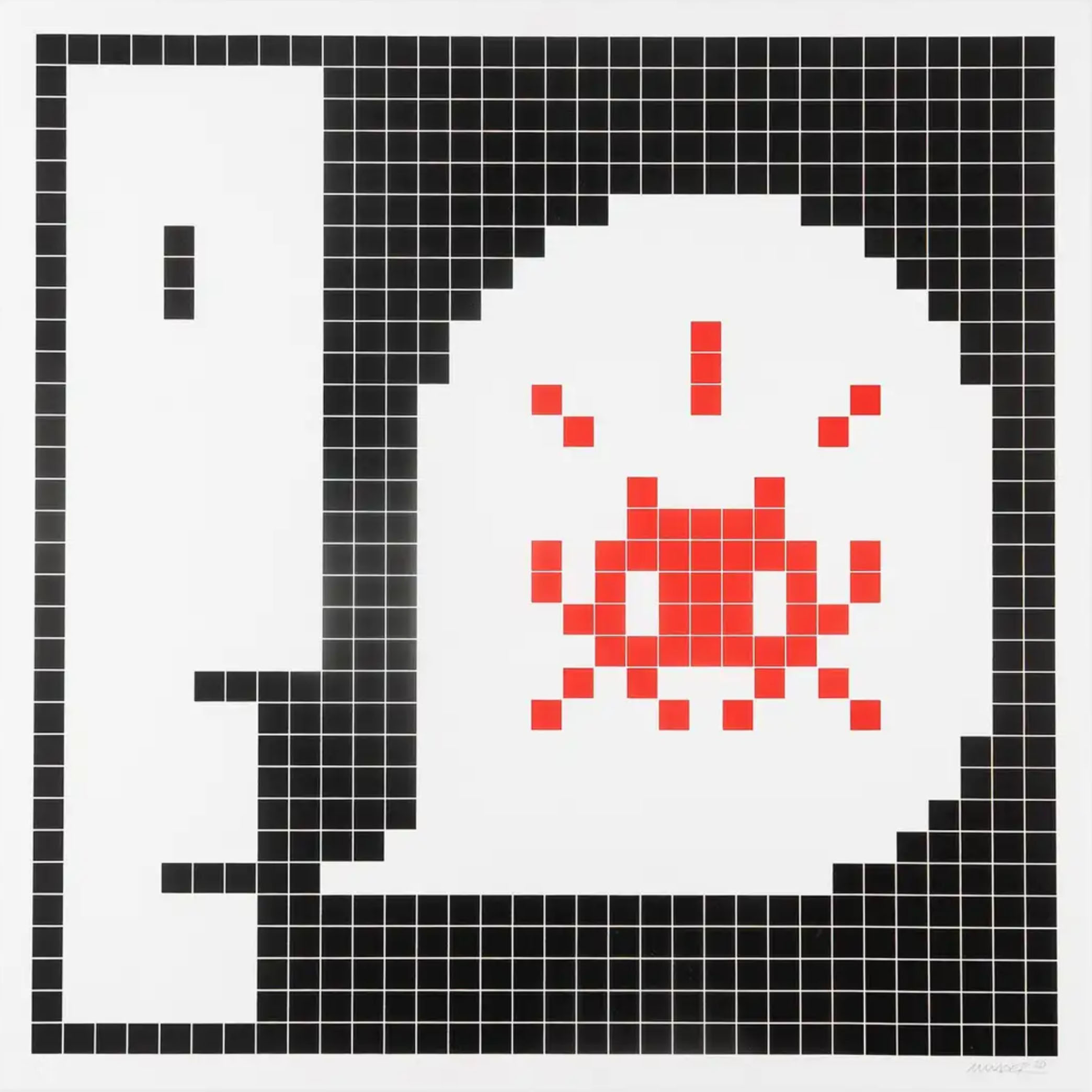Street artist Gaia just finished a brand new mural entitled ‘The Human Condition’ in Comune di Monno, Italy in the Cultural District Valle Camonica (Distretto Culturale Valle Camonica) curated by fellow artist Ozmo and produced by Simona Nv.
This piece portrays two Italian immigrants and is based on photograph of Ellis Island by Lewis Hine.
Hine was drawn to Ellis Island and the “new immigration,” a contemporary term for the waves of newcomers arriving from southern and eastern Europe and elsewhere. He photographed at the immigration station between 1904 and 1909, capturing the new Americans pouring through on their way to cities, factories, and farms. The image Gaia used was ‘Italian family looking for lost baggage, Ellis Island‘, from 1904.
Next to this we have St Christopher( San Cristoforo) with baby Jesus on his back. Legend has it that Saint Christopher was a man of great strength who devoted himself to Jesus by helping travellers cross a dangerous river. One day a small child asked to ride on Christopher’s shoulders across the river, but the child seemed to grow heavier and heavier with every step Christopher took. When they arrived on the opposite shore, the child identified himself as Christ, telling the holy man that he had just carried the weight of the world. Saint Christopher became one of the most popular patron saints for travellers in the Middle Ages.
Next to St Christopher we have the bust of Charlemagne, also known as Charles the Great. He was the founder of the Carolingian Empire, best known for uniting Western Europe for the first time since the fall of the Roman Empire.
The central figures are flanked by two methods of travel; an airplane on the left, and a ocean liner SS Republic built in 1871 by Harland and Wolff for White Star Line. It was renamed again to Città di Napoli in 1904 and was used for many years to transport Italian migrants to America. It was retired in 1908.
Finally, the composition is bookended by two petroglyphs (images created by removing part of a rock surface as a form of rock art) of Cernunnos, a celtic deity venerated by the Camuni people’s who once inhabited Valle Camonica, and Kokopelli, a figure of fertility celebrated by many Native American/First Nation peoples, most notably the Hopi.
“The people of the Italian peninsula became one of the largest modern Diasporas in the late 19th century, creating cultural enclaves of protection until achieving assimilation in their host nations. This mural stands as an empathetic reminder to the human necessity to migrate, in an era where the issue of migration now stands at the fore of European politics and threatens the very concept of the nation-state.” Gaia
Photo courtesy Gaia.





